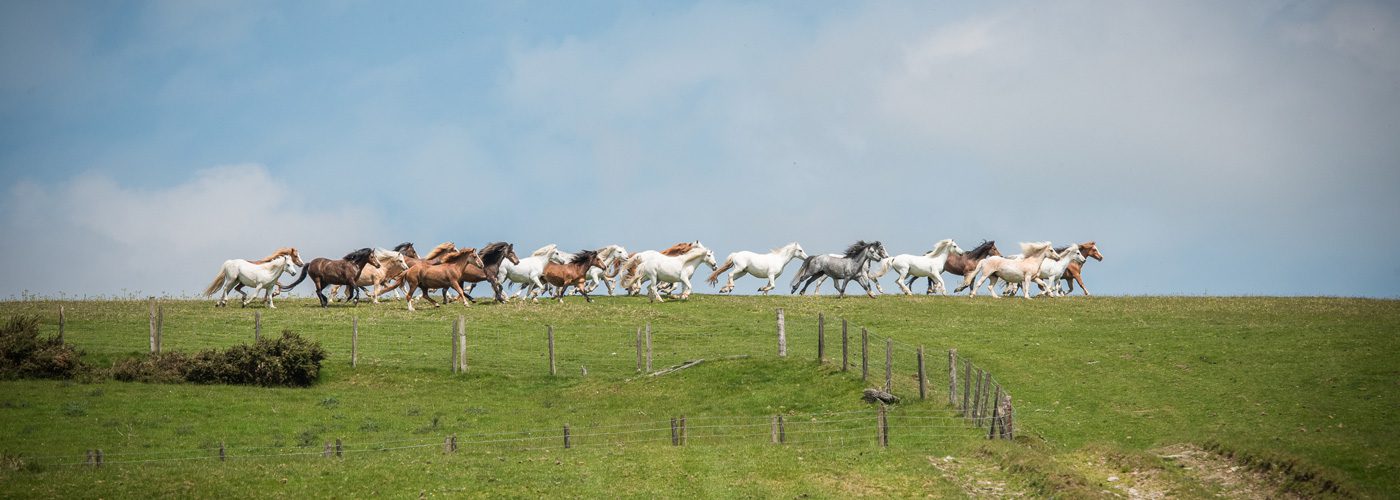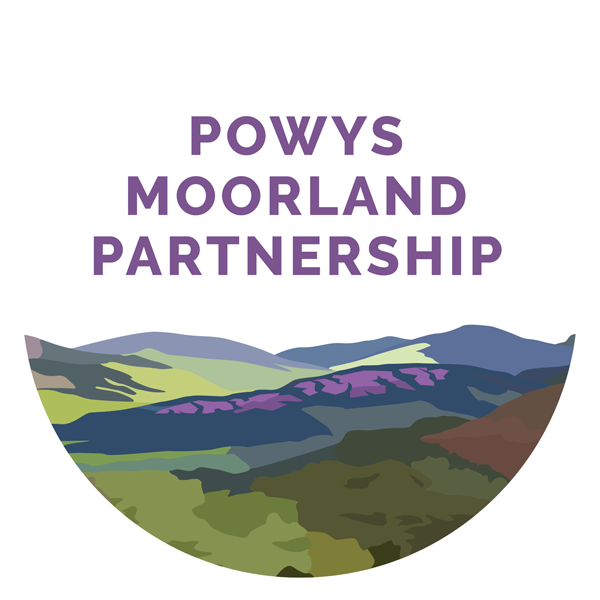With no stallion on the hill for almost eight years, and some of the mares – out grazing all year – are now in their 20s. The owners of these wonderful ponies selected a few of them to put into foal in 2018. Registered with the Welsh Pony & Cob Society, these semi-feral section A mares come from Pendre (Pendre Farm), Painscastle (Newhouse Farm) and Llewetrog (Llewetrog Farm) and are monitored by the Llandeilo Graban Hill Pony Improvement Society.
“This predominately closed herd is in desperate need for youngstock to carry on the bloodlines which go back generations,” says Lisa Lloyd, whose family has a long association with the ponies at Pendre.
”They are an intrinsic part of the landscape, culture and heritage and are irreplaceable,” says Lisa, who explained that at the last gathering in May 2018 they selected 13 mares and put them – funded partly by the PMP – to a leased palomino section A stallion, Afon Carousel (Criccieth Arwr x Afan Caroline) from the Afan Stud, Llanafan, to run with the mares for six weeks.
Photo kindly taken by Kerry Hendry
Colin Thomas is vice chairman of the WPCS and has worked in an advisory capacity with the breeders who graze Ireland Moor, which according to him ‘is one of the most picturesque landscape in Wales’. He is delighted that we can expect some foals this spring. He comments:
“These semi-feral equines found in the hills and valleys of Wales are descendants from the ancient celtic horses which have made a huge contribution to the cultural landscape of Wales through the millennia, encapsulated today by the continued effort of breeders who against considerable odds have maintained this most iconic of the Welsh breeds.”
“The hills of Wales and the borders were alive with hill pony herds of wild, hardy animals left virtually to fend for themselves, ensuring that only the hardiest survived. Nature’s doctrine of ‘survival of the fittest’ led to the natural selection of the Welsh Mountain pony; alert, robust, adaptable, durable, clever and graced with beauty.
“The hills and mountains of Wales contain some of the most attractive countryside in the world and have evolved and shaped that way because of generations of pony breeders and farmers.”
“Over many generations their fortunes have ebbed and flowed in tune with the economic and environmental dynamics of the time, but it is a testament to their tenacity and fortitude that in spite of a whole variety of negative pressures, pony breeding has still survived. The WPCS still promotes and provides premium grants on an annual basis for hill stallions and foals.”
“It is essential that these ponies breed on this area to preserve and maintain the gene pool. Their contribution to conservation, habitats and wildlife is well noted by senior ecologists and is also vital to this unique way of life. “I sincerely hope that breeding ponies on their natural environment will continue and flourish,” concludes Colin.
Graham Williams – Activity holiday pioneer
Graham Williams, an innovator of activity holidays in the 1960s and 70s, talks to Catherine Hughes about what drew him to setting up in Powys, and why the area is the centre of the “spiders’ web”.
Interviewer – Catherine Hughes
Music Soundtrack & Introduction – Jeremy Creighton Herbert
Sound Recordist – Jeremy Creighton Herbert
Keep in touch, get involved.
We will be putting on various events over the next 12 months. If you would like to get involved, have some ideas please contact Catherine on urmyc.sdnalroomsywop@tcatnoc

